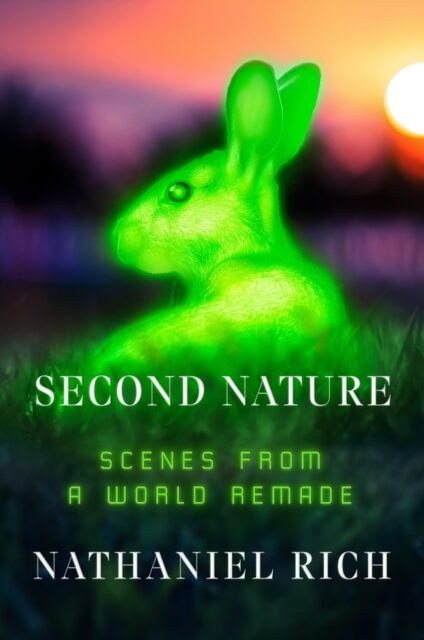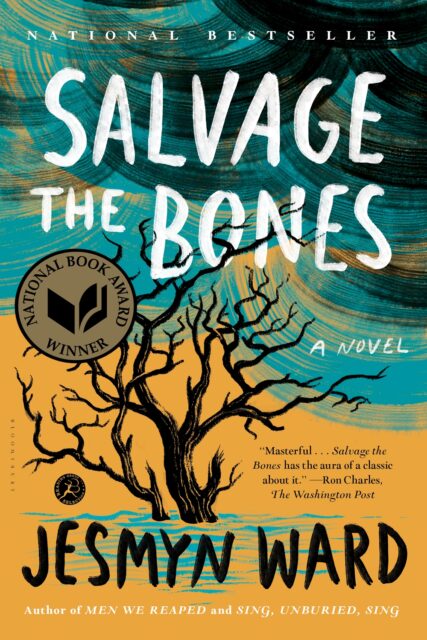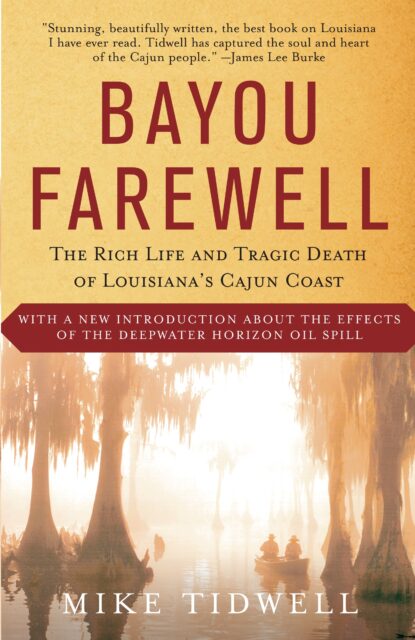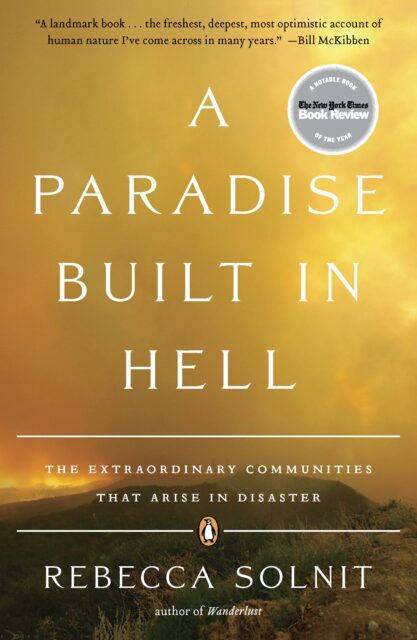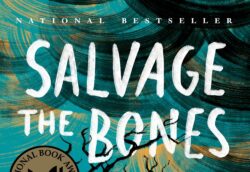Summer 2021
Witness to Change
Summer reading for a shifting world
Published: May 28, 2021
Last Updated: August 31, 2021

Bloomsbury
Here at 64 Parishes we often turn to books—and to the scholars, novelists, journalists, and memoirists who write them—to help us make sense of our world. For our summer reading list we’ve selected six books—some old, some new—to get us thinking about worlds in flux.
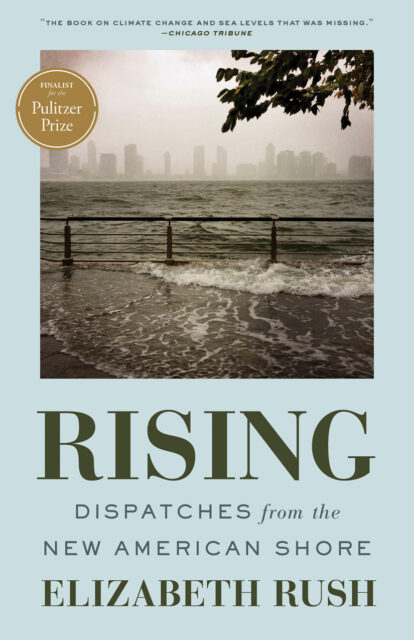 Elizabeth Rush, Rising: Dispatches from the New American Shore. Milkweed Editions, 2018.
Elizabeth Rush, Rising: Dispatches from the New American Shore. Milkweed Editions, 2018.
With every passing day, and every record-breaking hurricane, it grows clearer that climate change is neither imagined nor distant—and that rising seas are transforming the coastline of the United States in irrevocable ways. In Rising, Elizabeth Rush guides readers through some of the places where this change has been most dramatic, from the Gulf Coast to Miami, and from New York City to the Bay Area. For many of the plants, animals, and humans in these places, the options are stark: retreat or perish in place. Weaving firsthand testimonials from those facing this choice with profiles of wildlife biologists, activists, and other members of these vulnerable communities, Rising privileges the voices of those too often kept at the margins.
 Paolo Bacigalupi, The Water Knife. Penguin Random House, 2015.
Paolo Bacigalupi, The Water Knife. Penguin Random House, 2015.
This fast-paced sci-fi thriller set in the not-too-distant future describes an American Southwest facing severe water scarcity. With natural resources dwindling, Arizona, Nevada, and California are locked in a fierce battle for what little relief the shriveling Colorado River can provide. Catherine Case, the Queen of the Colorado, seems to be coming out on top with enough control to manage luxury developments in Las Vegas while the rest of civilization descends into a scene of anarchic violence and poverty. Bacigalupi pushes us to consider how we engage with—and how we can and should protect—the world we inhabit and the resources that ensure our survival.
Nathaniel Rich, Second Nature: Scenes from a World Remade. Farrar, Straus, and Giroux, 2021.
No rock, leaf, or cubic foot of air on Earth has escaped humanity’s clumsy signature. The old distinctions—between natural and artificial, dystopia and utopia, science fiction and science fact—have blurred, losing all meaning. We inhabit an uncanny landscape of our own creation. In Second Nature, ordinary people make desperate efforts to preserve their humanity in a world that seems increasingly alien. Their stories—obsessive, intimate, and deeply reported—point the way to a new kind of environmental literature, in which dramatic narrative helps us to understand our place in a reality that resembles nothing past generations of human beings have known.
Jesmyn Ward, Salvage the Bones. Bloomsbury, 2011.
A hurricane is building over the Gulf of Mexico, threatening the coastal town of Bois Sauvage, Mississippi, and Esch’s father is growing concerned. A hard drinker, largely absent, he doesn’t show concern for much else. Esch and her three brothers are stocking food, but there isn’t much to save. Lately, Esch can’t keep down what food she gets; she’s fourteen and pregnant. Her brother Skeetah is sneaking scraps for his prized pitbull’s new litter, who lie dying one by one in the dirt. As the twelve days that make up the novel’s framework build to their dramatic conclusion, this unforgettable family—motherless children sacrificing for one another as they can, protecting and nurturing where love is scarce—pulls itself up to face another day.
Mike Tidwell, Bayou Farewell: The Rich Life and Tragic Death of Louisiana’s Cajun Coast. Vintage Books, 2010.
Louisiana’s coast is home to a way of life as unique, complex, and beautiful as the terrain itself. As travel writer Mike Tidwell journeys through the bayou, he introduces us to the food and the language, the shrimp fishermen, the Houma Indians, and the rich cultural history that makes it unlike any other place in the world. But seeing the skeletons of oak trees killed by the salinity of the groundwater, and whole cemeteries sinking into swampland and out of sight, Tidwell also explains why each introduction may be a farewell as the storied Louisiana coast steadily erodes into the Gulf of Mexico.
Rebecca Solnit, A Paradise Built in Hell: The Extraordinary Communities That Arise in Disaster. Viking Penguin, 2009.
The most startling thing about disasters is not merely that so many people rise to the occasion, but that they do so with joy. That joy reveals an ordinarily unmet yearning for community, purposefulness, and meaningful work that disaster often provides. A Paradise Built in Hell is an investigation of the moments of altruism, resourcefulness, and generosity that arise amid disaster’s grief and disruption and considers their implications for everyday life. It points to a new vision of what society could become—one that is less authoritarian and fearful, more collaborative and local.
 This article was made possible by the BHP-funded project, Coastal Impacts: An Integrated Approach for Community Adaptation, Understanding, and Planning, which will assist local communities to build intergenerational coastal literacy through community conversations around books, film, and exhibitions, fostering greater understanding of and support for coastal restoration projects.
This article was made possible by the BHP-funded project, Coastal Impacts: An Integrated Approach for Community Adaptation, Understanding, and Planning, which will assist local communities to build intergenerational coastal literacy through community conversations around books, film, and exhibitions, fostering greater understanding of and support for coastal restoration projects.
